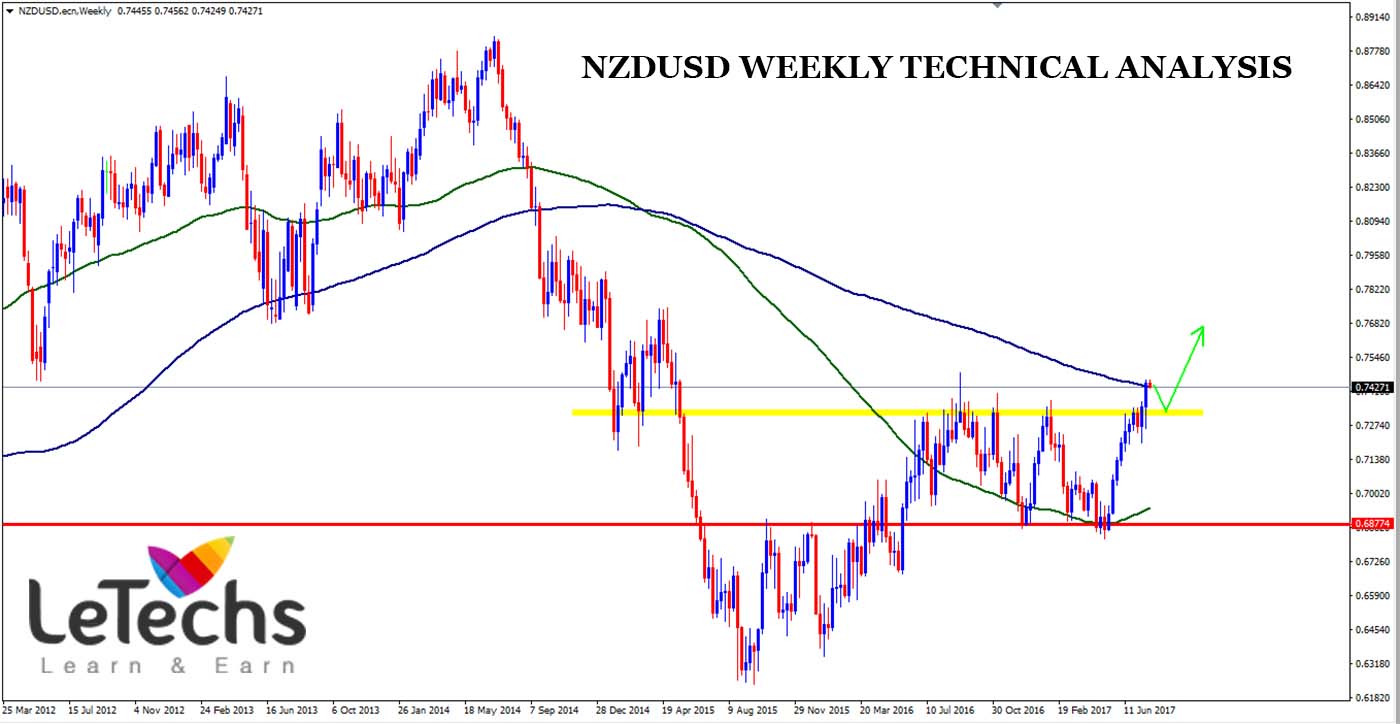27
Feb
United States Dollar
DXY or United States Dollar Index measures the performance of the dollar against a basket of other currencies including GBP, EUR, CHF, JPY, CAD, and SEK.
DXY or the United States gained 2.858 or 3 % during the last one year from 95.29 in February of 2015. Historically, the US Dollar reached a best high value of 164.72 in February of 1985 and a record low value of 71.32 in April of 2008.
Dow Jones Industrial Average
The Dow Jones Industrial Average is one of the most important U.S. benchmark indices. It is a price-weighted index which tracks the performance of 30 large and well-known United States companies that are listed mostly on the New York Stock Exchange. The Dow Jones Industrial Average has started a base value of 40.94 as of May 26, 1896.
The Dow Jones Industrial Average lost 8.64 % or 1574 points during the last 12 months from 18,214.42 points in February of 2015. Historically, the Dow Jones Industrial Average has reached a best high value of 18312.39 in May of 2015 and a record low value of 41.20 in July of 1932.
Gross Domestic Product
The GDP (Gross Domestic Product) measures of national income and output for a given country's economy. The GDP is equal to the total expenses for all final goods and services produced within the country in a stipulated period of time
The GDP (Gross Domestic Product) in the US was worth 17419 billion US dollars in 2014. The Gross Domestic Product value of the United States represents 28.10 % of the world economy. Gross Domestic Product in the United States averaged 6353.60 United States Dollar Billion from 1960 until 2014, reaching a best high value of 17419 United States Dollar Billion in 2014 and a record low value of 543.30 United States Dollar Billion in 1960.
Gross Domestic Product Annual Growth Rate
The United States is the world’s largest economy. Yet, in the last two centuries, like in the case of many other developed nations, its growth rates have been decreasing. If in the 50’s to 60’s the average growth rate was above 4 %, in the 70’s to 80’s dropped to around 3 %. In the last 10 years, the average rate has been below 2 % and since the 2nd quarter of 2000 has never reached the 5 % level.
The GDP (Gross Domestic Product) in the United States expanded 1.90 % in the 4th quarter of 2015 over the same quarter of the previous year. GDP Annual Growth Rate in the United States averaged 3.22 % from 1948 until 2015, reaching a best high value of 13.40 % in the 4th quarter of 1950 and a record low value of -4.10 % in the 2nd quarter of 2009.
ADP Employment Change
The Automatic Data Processing (ADP) National Employment Report measures levels of non-farm private employment. The Report is based on the actual payroll data from about 24 million employees processed by the ADP.
Private businesses in the US hired 205 thousand workers in January of 2016 compared to an revised upward 267 thousand in December and better than market expectations of 195K. The goods-producing added 13 thousand and service-providing sector added 192 thousand jobs, financial activities 19 thousand while manufacturing created no jobs, professional/business activities added 44 thousand jobs, construction 21 thousand, trade/transportation/utilities 35 thousand,. ADP Employment Change in the US averaged 46.77 Thousand from 2001 until 2015, reaching a best high numbers of 343 Thousand in November of 2005 and a record low numbers of -826 Thousand in February of 2009.
Employment Rate
The employment rate measures the number of people who have a job as a percentage of the working age population.
Employment Rate in the US increased to 59.60 % in January from 59.50 % in December of 2015. Employment Rate in the United States averaged 59.30 % from 1950 until 2016, reaching a best high percentage of 64.70 % in April of 2000 and a record low percentage of 55 % in July of 1954.
Youth Unemployment Rate
Youth Unemployment Rate in the U.S decreased to 10.30 % in January from 11.20 % in December of 2015. Youth Unemployment Rate in the U.S averaged 12.31 % from 1955 until 2016, reaching a best high percentage of 19.50 % in April of 2010 and a record low percentage of 7.80 % in September of 1956.
Non Farm Payrolls
NFP (Nonfarm payrolls) is an employment report released month once, usually on the first Friday of every month, and its result heavily affects the United States dollar, the stock market and the bond market. CES (Current Employment Statistics) program from the U.S Department of Labor Bureau of Labor Statistics, surveys about 141,000 government agencies and businesses, representing approximately 4,86,000 individual work sites, in order to provide detailed industry data on employment, hours, and earnings of workers on nonfarm payrolls.
Total nonfarm payroll employment increased by 151,000 in January of 2016, lower than a revised downward 262,000 in the previous month and missing market expectations of 190,000. Job gains occurred in several industries, led by food services, retail trade, drinking places, manufacturing, and health care. Employment declined in warehousing transportation, private educational services, and mining. NFP in the US averaged 122.69 Thousand from 1939 until 2016, reaching a best high number of 1115 Thousand in September of 1983 and a record low number of -1967 Thousand in September of 1945
Population
The population of the U.S represents 4.52 % of the world´s total population which means that one person in every 22 people on the planet is a resident of U.S.
The total population in U.S was last recorded data at 321.6 million people in 2015 from 76.1 million in 1900, changing 323 % during the last 50 years. Population in the U.S averaged 182.83 Million from 1900 until 2015, reaching a best high population of 321.57 Million in 2015 and a record low population of 76.09 Million in 1900.
Nonfarm Labor Productivity
In the U.S, the productivity of nonfarm workers is measured as the total output of service and goods per hour worked. Labor productivity is calculated by dividing an index of real output by an index of hours worked of all persons, including unpaid family workers, employees, and proprietors.
Hourly output per worker in nonfarm sector fell at a seasonally adjusted annual rate of 3 % quarter on quarter (QoQ) in last three months of 2015, following a downwardly revised 2.1 % gain in the previous period and much worse than market expectations, preliminary estimates showed. This is the fastest drop in the first quarter of 2014 as Gross Domestic Product growth slowed sharply and hiring accelerated. Yoy (Year-on-year) productivity grew 0.3 %. Considering full 2015, average productivity increased 0.6 % from 2014. Productivity in the U.S averaged 61.45 Index from 1950 until 2015, reaching best high points of 106.50 Index Points in the third quarter of 2015 and record low points of 27.56 Index in the 1st quarter of 1950.
Unemployed Persons
Unemployed persons are individuals who are without a job and actively seeking to work.
The number of unemployed persons in The U.S decreased to 7791 Thousand in January of 2016 from 7904 Thousand in December of 2015. Unemployed Persons in the U.S (United States) averaged 6585.64 Thousand from 1950 until 2016, reaching a best high numbers of 15352 Thousand in October of 2009 and record low numbers of 1596 Thousand in May of 1953.
Unemployment Rate
The unemployment rate in the U.S dropped to 4.9 % in January 2016, from 5 % in the previous month, while total non-farm payroll employment increased by a lower-than-expected 151,000. The number of unemployed persons, at 7.8 million, was essentially unchanged from December. Unemployment Rate in the U.S averaged 5.82 % from 1948 until 2016, reaching a best high percentage of 10.80 % in November of 1982 and a record low percentage of 2.50 % in May of 1953the unemployment rate measures the number of people actively looking for a job as a percentage of the labor force
Average Hourly Wages
Wages are measured using average hourly earnings. Data relate to production employees in logging, mining, nonsupervisory employees in the service-providing industries, construction employees in construction, and manufacturing. These groups account for approximately 4/5th of the total employment on private nonfarm payrolls.
Wages in the U.S increased to 21.33 United States Dollar/Hour in January from 21.22 United States Dollar /Hour in December of 2015. Wages in the United States averaged 10.53 United States Dollar /Hour from 1964 until 2016, reaching best high wages of 21.33 United States Dollar /Hour in January of 2016 and a record low wages of 2.50 United States Dollar /Hour in February of 1964.
Wages and Salaries Growth
Wage growth refers to the yearly change in wages and salaries disbursements from service industries, manufacturing, and government.
Wages in the U.S increased 4.46 % in December of 2015 over the same December month in the previous year. Wage Growth in the U.S averaged 6.33 % from 1960 until 2015, reaching a best high percentage of 13.77 % in January of 1979 and a record low percentage of -5.77 % in March of 2009.





























